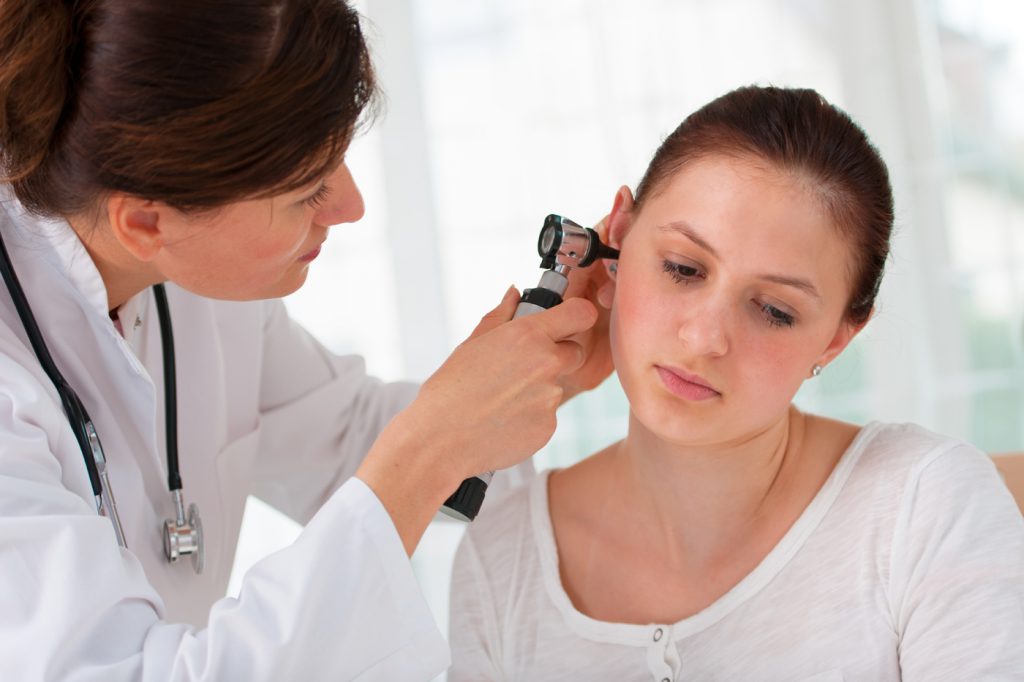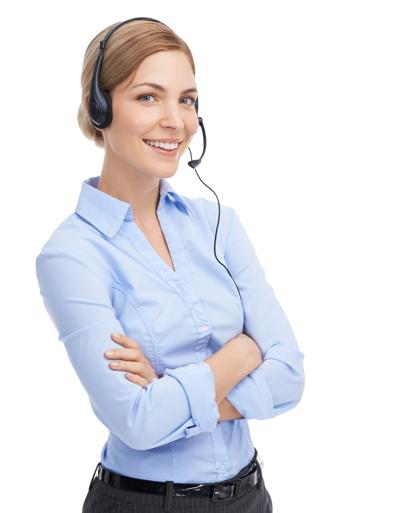Interview with Dr. Antonio Hernández, otolaryngologist specialized in ear diseases

Hospital Ochoa has an Otorhinolaryngology Unit conformed by specialists Dr.Antonio Hernández Rubiño, Dr.Carlos Gómez Velasco and Dr.José Muñoz Villanueva, specialists in Otology (subspecialty that studies and treats diseases of the ear), Rhinology (which studies and treats diseases of the nose and paranasal sinuses) and Paediatric Otorhinolaryngology (being able to offer more specialized care for children).
In turn, they are supported by Rafael Casanova Castillo specialist in Audiology (study and treatment of hearing disorders).
Using high-volume headphones increases the risk of hearing loss in younger people.
Swimming pools are the great enemy of otitis, one of the most recurrent pathologies.
Dr. Hernández Rubiño talks to us about pathologies of the ear, in which his team focuses, both affecting adults and children.
What are the pathologies most frequently encountered in consultation?
Mainly otitis, which are inflammatory and/or infectious processes affecting both the external ear and the middle ear, whether acute or chronic over time. Among them, otitis media, a disease that affects children aged 0 to 7 years, is especially noteworthy. The usual treatment of otitis is of a medical nature (antibiotics, anti-inflammatories, etc.). An adequate follow-up could help avoid after-effects that these episodes can cause in the different structures of the middle ear and prevent the process chronicity, being the loss of hearing one of them.
Apart from medical treatment, we offer the surgical option when the latter is insufficient, either by placing drainage tubes or by performing tympanoplasties which consists of the eardrum and other structures of the middle ear reconstruction in order to cure the disease and restore lost hearing.
What kind of patients do you look after?
We treat patients of all age ranges, from newborns, for hearing screening or early detection of hearing loss, through the study of acoustic otoactions. From then on, early detection of hearing loss is essential, since hearing is the fundamental way for the acquisition of language. Late diagnosis may lead to irreversible consequences.
As for the children consultations, we usually see many otitis of repetition; in adults we treat the consequences of poorly cured otitis and diseases derived from them, as well as other functional pathologies such as otosclerosis, which may be cured through surgery.
Would the otitis be the trigger of most ear surgeries?
Indeed, when medical treatments of otitis fail, surgery is the next option. In surgery, we fundamentally deal with the resolution of middle ear inflammations and infections. The use of tympanoplasty, which is the reconstruction of the ossicles chain and tympanum, allows us to return the normal anatomy of the middle ear to recover hearing. If this is not possible, an audio-prosthetic treatment or implantable hearing aid would be recommended.
What are the innovations or progress in the field of otology today?
Apart from cochlear implants that attempt to restore hearing loss related to the inner ear. New models can provide technological solutions to hearing loss and novel surgical techniques for implantation appear continuously in the field of implantable hearing aids. Our specialists are always be in constant training and always up to date. We work towards such goal on an ongoing basis.
And what about the treatments of deterioration by ageing?
Hearing aids are the safest treatments and in these field, progress is impressive, it is no longer just a sound amplifier but digital devices programmable and adaptable to the hearing level of the patient.
What is the recommended age for diagnostic tests, if there are no audiological problems?
We have to take into account, fundamentally, presbycusis, a term that refers to hearing loss in relation to age. Presbycusis has a great impact on the elderly, since it diminishes their capacity of communication and autonomy. It is the most common cause of hearing loss due to population ageing.
This “physiological’ process of hearing loss is being accelerated by excessive exposure to loud noises.
There are alarm signals to be careful with that should not go unnoticed, such as when we are in noisy environments and do not understand or confuse words; when we start turning up the television; if we hear beeps … these are warning signs that can lead us to suspect a background hearing loss. If that’s the case, we must make an appointment with our otolaryngologist
And how is the use of headphones affecting young people?
A large percentage of young people are continuously exposed to intense noise levels, either by using headphones or because they attend concerts or entertainment venues. Age-related hearing loss is affecting 40-year-old population, when it was previously recorded from age 60 onwards.
Experts recommend applying the 60-60 rule when using music players, that is, “do not use them more than 60 minutes a day and do not exceed 60% of the volume they allow”.
And in summer, what role does it play as an enemy of the ear?
Otitis externa usually occurs in children who spend a lot of time in the water, either in the pool or on the beach. If there is high humidity in the ear, the skin of the ear can be irritated allowing bacteria or fungi to enter. For this reason swimmer’s otitis usually occurs during the summer, when people swim. As a personal appreciation, I detect more external otitis in swimming pool users than in those who decide to bathe on the beach, probably associated with chemical treatments in swimming pools.
And with regard to ear hygiene and the use of cotton buds, is it really as damaging as thought?
Ear specialists are against the use of the cotton buds. In consultation, we often see patients with eardrum or skin injuries related to a wrong use of these. Accidental tympanic perforations related to the use of buds could be the most dramatic example. A swab is designed to clean the outside of the duct, but if we use it to clean the earwax what we do is to introduce more into the ear and create earplugs. There are new products to clean the auditory canal, of a spray type, although we do not fully approve these either.
What then would be the recommendations for good hygiene without causing damage?
Wax reaches the outer ear canal outwards. Subsequently, it comes off or leaves the ear during the bath. In most cases, it is not necessary to do anything especially to remove the wax from children’s ears. Generally, regular bathing is enough to keep the wax at a healthy level.

